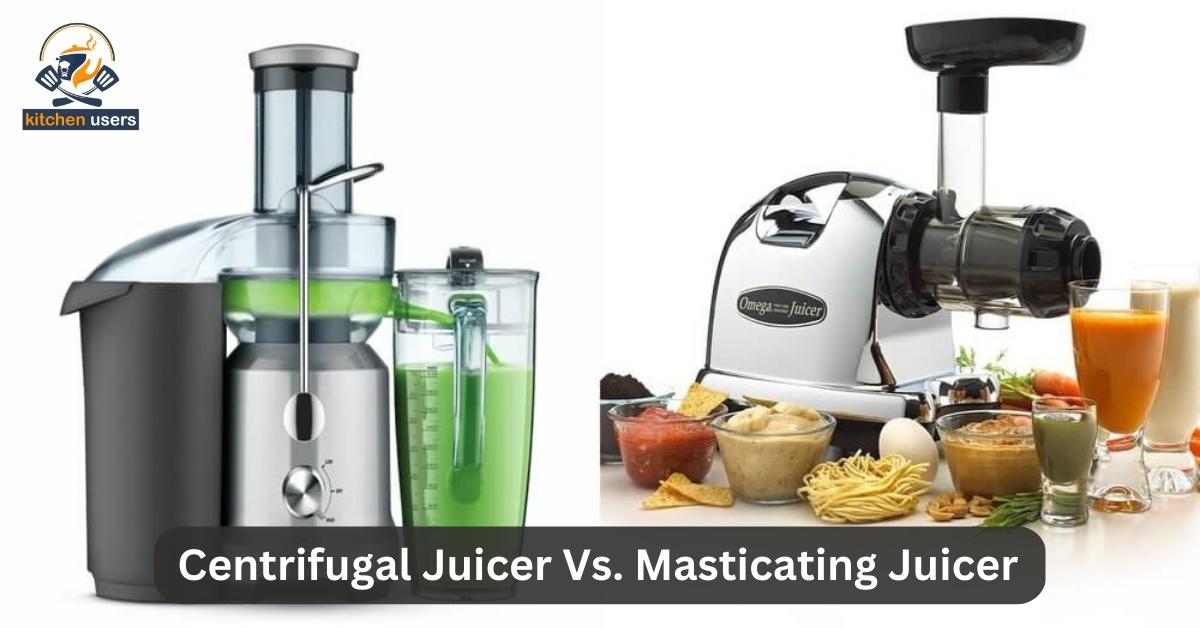Undoubtedly, composting juice pulp is preferable to disposing of it in a trash can. The fibrous pulp decomposes quickly and provides a wide range of nutrients to your compost. Adding them to the soil after they’ve decomposed in the compost bin will result in sturdy, high-yielding plants.
What to do with juicer pulp compost? A better option is to compost and decompose the pulp before putting it into your garden soil, rather than just sprinkling it in there straight from the juicer.
Basic Composting – Perfect Use for Your Pulp
One of the most common ways to utilize compost is a soil amendment and mulch. Bacteria and fungi break down many types of organic waste, such as kitchen waste and garden trash, to produce biodegradable products.
You can easily make your compost at home, and like cleaning, composting is an excellent thing to do. Then you can make lemon juice in a juicer.
Reasons to compost:

A. Vegetable leftovers and pulp are a byproduct of regular juicing. Rather than putting your kitchen waste in a landfill where it would produce methane, which pollutes the groundwater, you may compost it and return it to the soil.
B. The use of compost instead of high-phosphorus commercial fertilizers is a free, efficient, and environmentally beneficial alternative.
C. The nitrogen in the soil is not depleted as compost decomposes, whereas bark mulch, which is commonly used to promote soil moisture retention, does not.
D. Destroying forests is necessary to produce bark mulch. Compost is created by repurposing the dead leaves and stalks from your garden to aid in the growth of your future harvest.
How Does Compost Work?

By producing a stew for soil microorganisms to eat, you’re effectively using them to deconstruct kitchen and garden waste. The hash make up of elements rich in carbon and nitrogen to feed the bacteria and fungi.
Half of the ingredients are well-aged wood chips or shredded leaves; the other half is animal waste, final five percent is green vegetable and grass-trimming waste, which is the standard farm recipe.
In some circles, it’s recommended that the greens and browns be laid out in layers. Many people believe that the secret is in combining all the ingredients carefully. Both ways are acceptable.
Bacteria and fungi can introduce by sprinkling soil on top of the water. Within the first 15 days, you should complete five complete turns. Afterward, rotate once a week for a week. Waste of frozen cocktails at home produces such things.
If it’s going to rain a lot, it’s preferable to keep the pile covered with a tarp to prevent the nutrients from washing away.
If you’re utilizing a bin, make sure the bottom is left open so the earthworms can get in. MicroorgaThe microorganisms haring here will benefit from their assistance. Recycle Your Juice Pulp in 9 Creative Ways!
1. Make a veggie broth
If you’ve never tried making and eating broth, now is your opportunity. Juicing pulp may turn into a flavorful and savory vegetable broth by using veggies like celery, carrots, onions, and garlic.
Either fresh or frozen pulp can use for this dish, but it must first thaw. Using a big pot, roast the pulp in olive oil, and then add your choice of spices, fresh herbs, and a few cups of water to bring it to a boil.
Simmer for roughly two hours at a lower temperature. Wait till it’s cooled down without straining. The pulp from the juice can use for soups and stews or eaten independently. It has a delicious flavor and some additional health benefits.
2. Make a delicious bread loaf
You can also use the pulp from your juicer to bake a beautiful loaf of bread with your leftover juice. Your favorite banana bread recipe may make you healthier by simply adding apple and vegetable pulp.
3. Mix it into baked goods
You can also use the pulp to make a lovely dessert for yourself, your customers, and your family. Popsicle molds or an ice cube tray are all you need to make a batch of popsicles using your leftover pulp and juice.
Once the pulp has been frozen, the product’s taste is better preserved by mixing it with the juice. Let them freeze for at least four hours or until they are solid with a wooden stick inserted in the middle of them. You can experiment with many flavors, but we recommend starting with this light and pleasant lemonade juice preparation.
4. Use in popsicles
After the pulp has been frozen, blending it with the juice helps preserve the product’s flavor. Place a plank of wood in the center of each one and place them in the freezer for at least three weeks, or until they are frozen firm. This lemonade juice recipe is a great place to start if you’re looking for a flavorful and refreshing beverage.
5. Make fruit tea
Adding cinnamon and ginger to your fruit pulp while cooking is a simple but effective way to add flavor. Squeeze and savor the result.
6. Make dog treats
When everything is said and done, if you can’t bear the prospect of eating the gritty mystery pulp, you probably have a furry companion who will gladly do the honors. You can either manufacture the dog treats in bulk and put them in your dog’s treat jar; or you can make them and sell them to your clients.
Two cups of fruit pulp, one-third cup of real butter, a quarter cup of ground flaxseed, and anywhere from three-quarters to one and a half cups of rolled oats are all you need. You may also put the pulp into their meal or make fresh crackers to nibble on.
However, notwithstanding, your dogs will appreciate and thank you for doing so. However, you should proceed with caution, as some fruits and vegetables may be poisonous to dogs. Toxic to dogs are onions, grapes, and apple seeds, to name a few.
Citrus fruits should also be avoided, as most dogs dislike their flavor. You can use pulp made from carrots, cabbage, kale, cucumbers, apples – without the seeds, lettuce, and celery. You can also use the pulp from melons, peaches, or nectarines.
7. Mix it into a cream cheese spread
You can also mix your fresh leafy vegetable juice pulp with your favorite plain cream cheese to make a delicious homemade vegetable cream cheese blend. It is an easy process and can be used on crackers, sandwiches, vegetables, and more.
For those of you with a bit of a sweet tooth looking for a more adorable spread, mix in some fruit pulp to create your creamy berry creation! To make your cream cheese spread, use a half cup of either fruit or vegetable pulp. If you are using fruit pulp, make sure the fruit is finely chopped or mashed.
Next, mix the pulp with about a cup of cream cheese. You can either do this by hand or use your mixer to whip the cream cheese lightly. You will then salt or season your dip to your liking and place it in the fridge for a few hours to allow the flavors to meld properly.
8. Make homemade fruit leather
Reusing your juicer pulp to produce your own healthy homemade fruit leather is a terrific snacking option for the whole family.
If you have a dehydrator or oven with the lowest setting, line a cookie sheet with wax paper, flatten and evenly distribute the fruit pulp, and slice it into strips.
9. Add to salads
It is recommended that juice pulp mix into fresh salads to add nutrition and flavor. Please make the most of it!
FAQ
Can I compost juicing pulp?
Increase the Nutrient Content of Your Organic Waste Pile: It is possible to strengthen your garden soil by using juicer pulp in your composting process. High-yielding plants can grow with the help of this soil. Toss with salads and enjoy! The pulp may add fiber and flavor to salads!
Is juicing pulp good for plants?
Plants can benefit from juice pulp, yes. Compost or fertilizer can be applied to plants because it’s so beneficial. It is easy to add fresh pulp to your compost bin, providing essential nutrients and encouraging healthy mycelium development in your gardening.
What can I do with the pulp from my juicer?
What to Do with Juicing Pulp That’s Left Over :
- A. Pulp-Sicles” should be made. The method’s name is just as brilliant.
- B. Use it in veggie burgers and cakes, for example. The pulp can use for your next homemade patty or fritter for extra flavor.
- C. Add it to granola, bars, or energy balls.
- D. Stirred Into Baked Goods or Desserts
- E. Prepare a vegetable broth.
Final Verdict:
What to do with juicer pulp compost is a great question right now. If you want to successfully compost juice pulp, decomposed bins should place outside in a shady location. Check for gaps in the compost bin to provide enough oxygenation and avoid unpleasant aromas during the complete system.
As a 10 years veteran in the culinary industry, I have developed a passion for all things kitchen. With a deep understanding of food preparation and cooking techniques, I am a true kitchen specialist. My experience working in Khedmot kitchen has allowed me to hone my skills and become an expert in creating delicious and visually appealing dishes.
I am a creative and innovative chef, constantly experimenting with new ingredients and cooking methods to bring unique and memorable dining experiences to my customers. In addition to my culinary expertise, I am also highly organized and able to effectively manage a team of kitchen staff, ensuring that all tasks are completed efficiently and to a high standard.
I am dedicated to my craft and always strive to create exceptional dining experiences for my customers. Whether it’s developing a new menu, training my kitchen team, or working with local suppliers, I am always looking for ways to improve and take my kitchen to the next level.
If you’re looking for a skilled and passionate kitchen specialist, look no further. I am eager to bring my expertise to your team and help take your kitchen to the next level.


